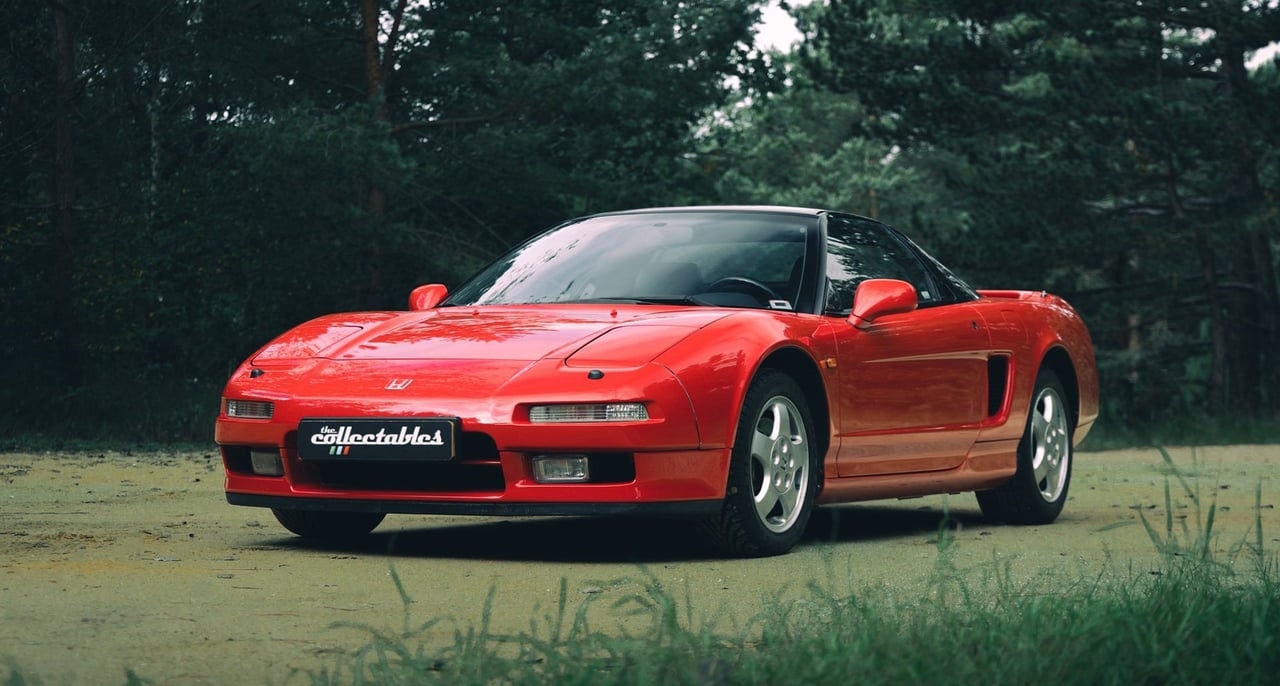

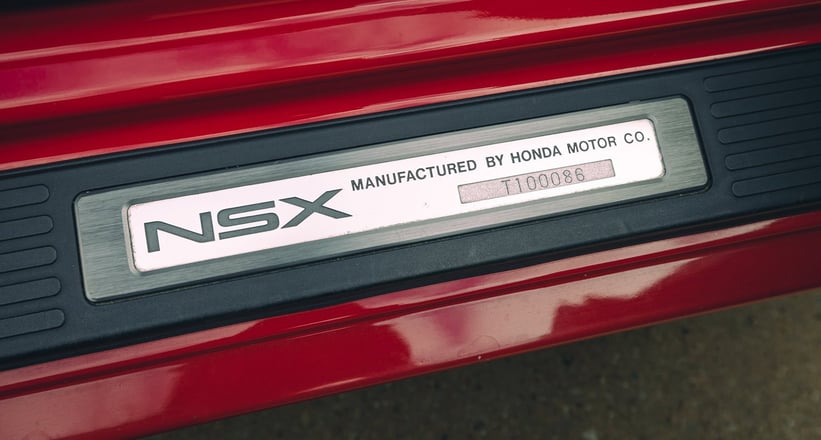
Cast your mind back to the dawn of the 90s, a time when if you wanted a supercar, it was certainly going to be Italian. This was completely understandable, Italian supercars ooze passion - their designs, the noises they make, and even their names - Countach and Testarossa - all add to a sense that these cars were more than just machines. However, they were also unreliable, expensive to maintain, and in many cases difficult to live with or even see out of. The door was wide open for a disrupter to shake up the status quo, which is exactly what Honda did with the unveiling of the NSX at the 1989 Chicago Auto show.
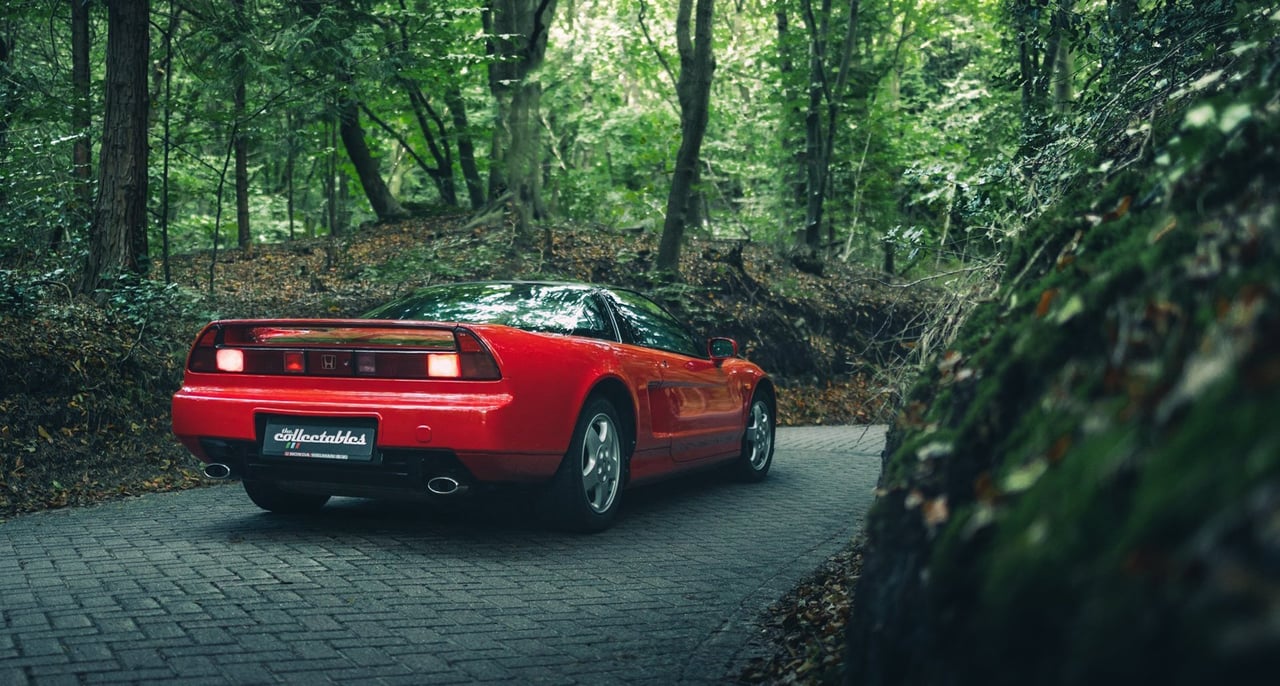
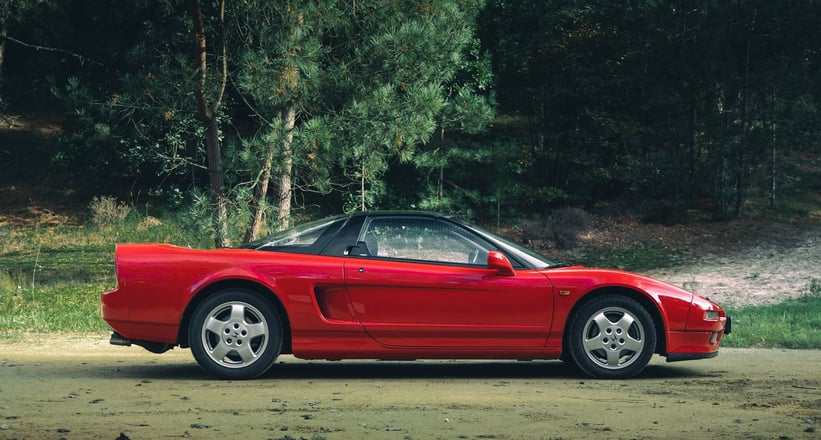
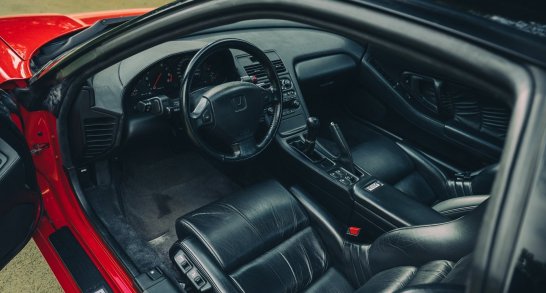
The NSX was no less than a paradigm shift in what was expected from a supercar, and it started with the name. Many will tell you NSX stands for “New Sportscar Experimental”, but that is false, instead it stands for “New Sportscar Unknown World”, where the “X” represents the mathematical symbol for the unknown - very Japanese indeed. With handling development done by none other than god-of-driving Ayrton Senna himself and a screaming all-aluminium V6 with VTEC mated to a silky smooth five speed manual, the NSX was gunning straight for the supercar crown by tackling all the shortcomings of its contemporaries. Affordable Honda parts meant maintenance wasn’t ruinously expensive, a massive greenhouse inspired by the cockpit of a F-16 fighter jet allowed for excellent visibility, and it was built with Shinkansen levels of precision, so it actually just worked - all alien concepts to the average supercar owner of the time.
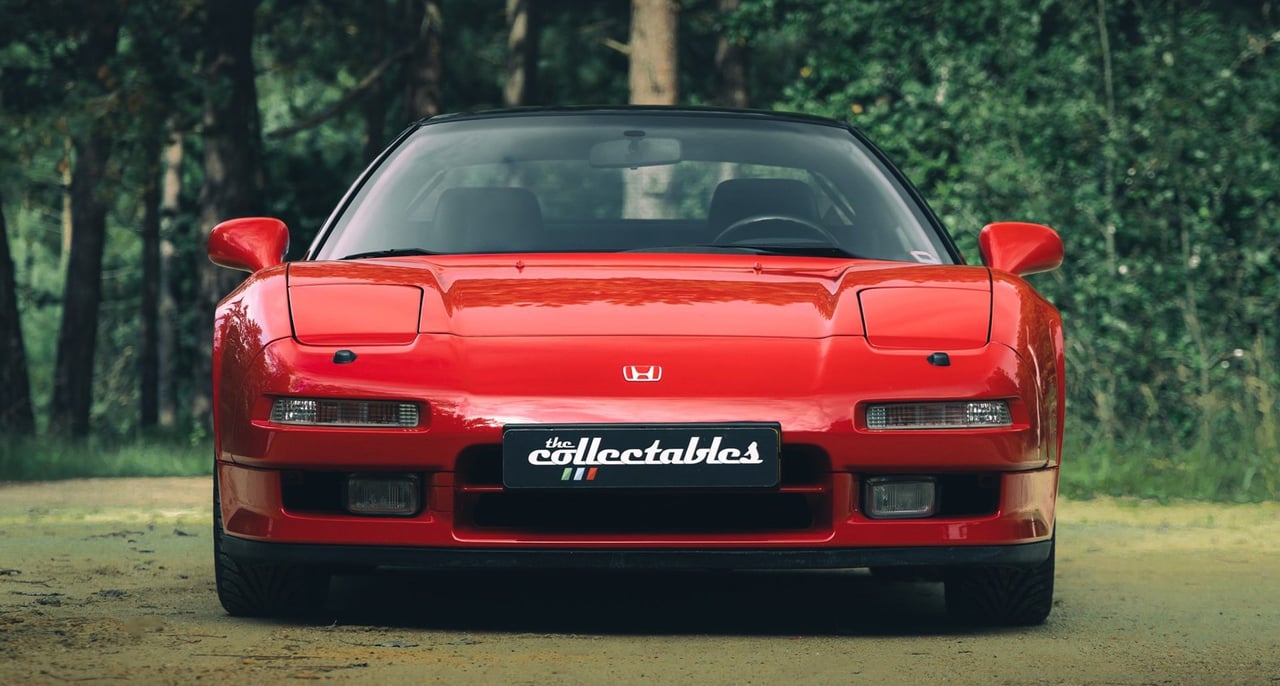

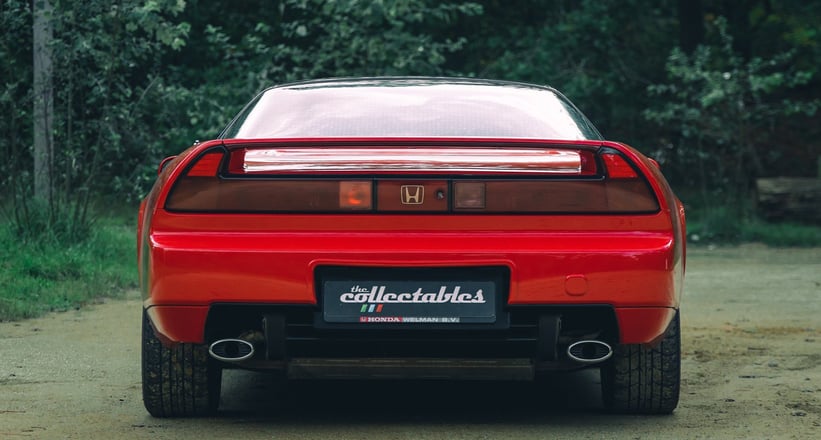
But what makes it a future classic? Many would argue it has already achieved classic status, but let’s discuss it anyway. To start, the NSX was accompanied by a multitude of ‘firsts’ - it was the first all-aluminium series production car, Honda’s first supercar, and the first Honda to use VTEC (at least in the States). Perhaps more importantly, though, it was one of the last cars to receive Soichiro Honda’s sign-off before his death in 1991, making it the link between the Honda of the past and the Honda we know today. The NSX is a future classic, not because it rewrote the rulebook in terms of outright performance, but because it showed the world that supercars could be outrageously cool, without being outrageously impractical. If you agree and would like to add an NSX to your collection, then you could hardly do worse than this immaculate, two-owner example from 1992 finished in Formula Red. It’s up for Auction on December 1st, just enough time for you to clear a space in your garage.













